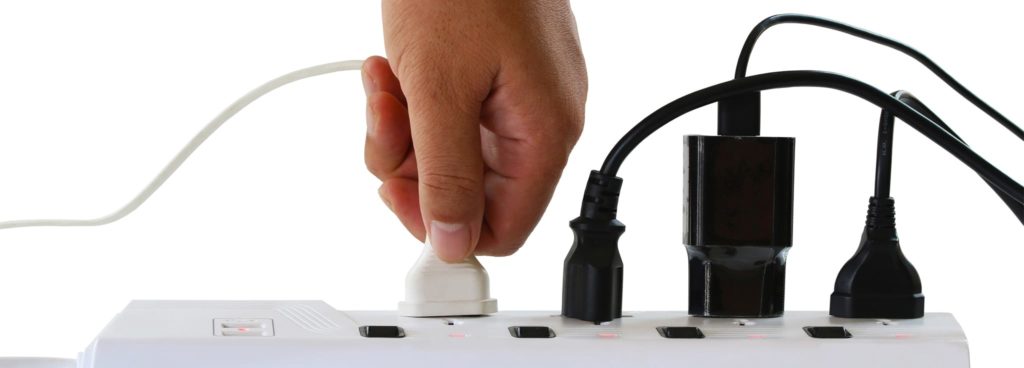- Home
- Services/IndustriesServicesindustries
- About Us
- LocationsStatesAccordion ContentAccordion ContentAccordion ContentAccordion Content
- Job Openings
- Quick Links
- ATS Family

Phthalate Content
Applied Technical Services performs GC/MS analysis to determine Phthalate Content in sample materials. We help clients ensure their product is RoHS compliant.
Plasticizers and Phthalates
Plastic, in its various forms, has a nearly ubiquitous presence in modern life. Manufacturers use it for everything from car parts to food packaging because of its versatility and low cost of production. One class of plastic, called polyvinyl chloride (better known as PVC), is used to make bottles, cards, non-food packaging, and various construction materials.
Once treated with an additive called plasticizer, PVC becomes more flexible and thus more suited for other uses such as flooring, plumbing, pleather, insulation for electrical cables, and a variety of functions wherein it is used as a replacement for rubber. Most of the plasticizers that bring out PVC’s flexible properties belong to a class of chemicals called phthalates. Government initiatives around the world regulate many types of phthalates because of their suspected effects on human health.
About RoHS
The European Union (EU) passed the Restriction of Hazardous Substances (RoHS) Directive in 2002, which restricted the use of toxic metals and brominated flame retardants in consumer electronics. An amendment to the directive in 2015 added four commonly used phthalates — BBP (Benzyl Butyl Phthalate), DBP (Dibutyl Phthalate), DEHP (Bis(2-Ethylhexyl) phthalate), and DIBP (Diisobutyl Phthalate) — to the list of restricted materials.
RoHS guidelines are intended to protect consumers in EU member nations by limiting their exposure to hazardous substances in their electronics, such as phthalates which are believed to have a litany of negative health effects. RoHS does this by setting limits to how much of a particular element/compound can be included in the manufacture of a given product.
Compliance Overview
Each item regulated by RoHS must compose fewer than 1,000 parts-per-million of any product’s chemical makeup (except for Cadmium, which has a lower limit of 100 parts-per-million). This limit applies to the mass of each mechanically separable component of the product in question, not the mass of the whole.
This means that, in order to be RoHS compliant, the chemical content of a TV’s power cord must be made of less than 0.1% of any of the restricted phthalates. Only once every component of the product has been proven to contain approved amounts of regulated substances is the whole judged to be RoHS compliant and marked as clear for sale.
The compliance process requires a great deal of oversight and documentation to earn the “CE” mark that clears a product for sale in the EU. The EU may punish noncompliance with either denial of import or punitive fines. Many companies find that the best way to ensure their product can be sold in the EU is to send material samples to third-party testing labs such as Applied Technical Services for RoHS compliance testing. We help determine product compliance by testing component samples’ chemical content for restricted substances like the four types of listed phthalates.
About Our Method: GC/MS
We analyze a sample’s phthalate content by subjecting it to a test method called Gas Chromatography / Mass Spectroscopy (GC/MS). This destructive process lets us identify and measure the content of phthalates present. The sensitivity of our equipment, combined with the analytical power afforded by the method, allows us to detect analytes of interest at a parts-per-billion (ppb) threshold — an even more in-depth level of analysis than is demanded by RoHS.
Our chemists perform this method according to widely recognized testing standards dedicated to the detection of phthalates through GC/MS — EPA 8270D, and CPSC-CH-C1001-09.3, as relevant to individual circumstances. Our chemistry lab is ISO 17025 (A2LA) accredited to perform GC/MS to determine phthalate content in compliance with CPSC-CH-C1001-09.4.
ATS and RoHS Compliance
For more than 50 years, ATS has delivered testing, engineering consulting, and inspection services of the highest quality. We are proud to serve clients who are engaged in a multitude of industries and operating around the world. Our lab returns accurate results within a quick turnaround window because of our chemistry team’s familiarity with performing GC/MS to relevant standards for the discovery of phthalates in product samples.
If your company needs to determine a product’s phthalate content for RoHS compliance, contact ATS — we take a closer look!

Request Form
"*" indicates required fields
